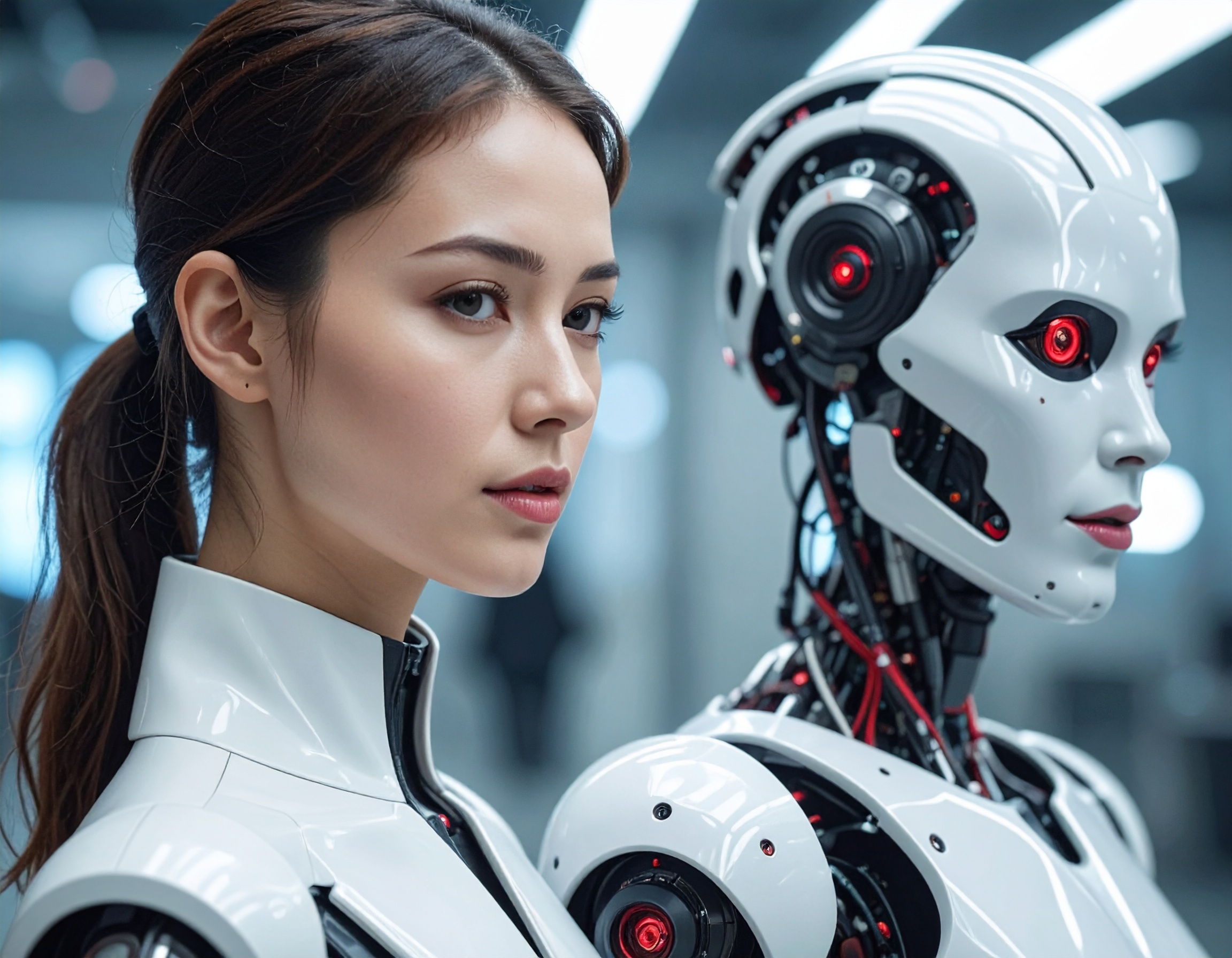Robot Revolution: TUM Unveils New ‘Tree of Robots’ to Map the Future of Robotic Diversity

A Scientific Breakthrough in Understanding Robots
In early July 2025, researchers at the Technical University of Munich (TUM) introduced a groundbreaking new system for classifying robots. Dubbed the “Tree of Robots,” this taxonomy mirrors the logic of biological classification used in evolution and aims to bring structure to the rapidly expanding world of robotics. The effort addresses a growing need for clarity as AI Employees, Non-Human Workers, and robotic systems increasingly diversify and integrate into society.
From Humanoids to Voice AI Agents
The classification is built on five major principles: mechanical structure, type of movement, interaction with the environment, autonomy level, and purpose. These criteria allow the researchers to group and understand everything from industrial robotic arms and mobile robots to service bots and Voice AI Agents. The system visually resembles a family tree, helping categorize over 250 different types of robots by their characteristics and functions.

Why This Matters for the Future of AI Work
This effort isn’t just academic—it has real-world implications. As robots continue to replace or work alongside humans in fields like healthcare, logistics, and agriculture, stakeholders need better tools to navigate this landscape. AI Employees and Non-Human Workers are no longer limited to factories; they are appearing in public services, hospitals, and even homes. The TUM framework offers a standardized language to help developers, regulators, and educators make informed decisions about robot development and deployment.
A New Way to Think About Robotic Evolution
Ultimately, the “Tree of Robots” helps visualize how the field is branching out. It encourages broader thinking about how robotic systems evolve and interact with society. By borrowing the logic of evolutionary biology, the TUM team hopes this approach will also inspire future research and more ethical integration of intelligent machines into human environments.
Key Highlights:
- What happened: TUM launched a new taxonomy, the “Tree of Robots,” to classify robot diversity.
- Why it’s important: Offers a unified framework to understand the rapidly evolving field of AI Employees and robotic systems.
- Impact: Enables better development, regulation, and integration of Non-Human Workers into society.
- Based on: Mechanical form, autonomy, purpose, and interaction type—similar to biological classification.
Reference:
https://www.therobotreport.com/tree-of-robots-new-tum-taxonomy-understanding-robotic-diversity/


